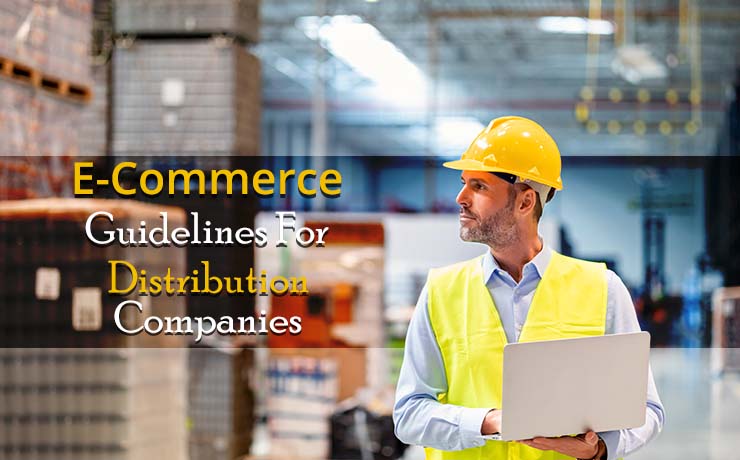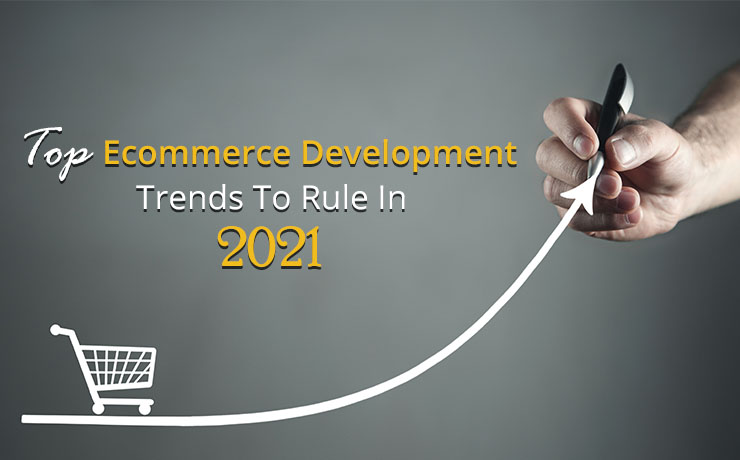E-Commerce Guidelines For Distribution Companies

Clement Foo
Senior Digital Content Manager

Distributors may find e-commerce the most difficult challenge they need to overcome or the greatest opportunity for them to soar to greater heights. When it comes to e-commerce distribution, the potential for growth of one’s business is exponential. In this post, you will find out how you can improve your chances of success when leveraging e-commerce as a distributor.
Proactively Manage the Returns Process
Today, it’s pretty obvious that e-commerce distribution is going to yield greater returns than brick-and-mortar shopping. Customers, however, may still order the wrong product, incorrect color, or wrong size. You need to implement a system that allows you to handle a flow of goods back into the distribution network and warehouse from your customers. It has to manage the entire returns process in a seamless manner. With that in mind, it is a norm for online retailers to also offer free shipping on returns on-demand.
Use Advanced Shipping Notification (ASN) to Increase Visibility
ASN can help distributors notify their carriers that they are about to ship a specific purchase order. This is a great way to engage all parties. Your carriers will be happier knowing when to expect the arrival of the product. It is a good practice to input as much relevant information on the ASN as possible. This way, you can keep your supply chain connected and effective.
Know that E-Commerce is Constantly Evolving
E-commerce distribution is constantly growing in scope and evolving. To say that it is static is inaccurate. An increasing number of businesses are joining the realm of e-commerce daily. If you do not keep up with the changes, you will soon lose to your competitors. Continue working on marketing for e-commerce consumers even if your business seems to be booming. You need to proactively get your distribution business in front of other businesses and customers. Don’t forget to think of a backup plan as well!
Focus on B2B and Enhance Customer Experience
Distributors typically serve the B2B market. It is imperative that one realigns his or her business strategy with partnering businesses to fit in today’s modern supply chain. If you haven’t transition to a B2B services provider or strategic partner, it’s time to do so.
The demands of an e-commerce driven world can be unforgiving. Distributors need to be aware that customers often focus more on cycle time. To ensure that they continue working with your company, you need to offer flexible shipping options that range between two days and one week.
How does one adapt to the ever-changing needs of e-commerce B2B businesses? You can use analytics to develop a strategy that’s aligned with your B2B clients’ strategies. Use the information from these analyses to create new ways to operate while continue offering the best possible rates and services.
Avoid Over-Reliance on Overseas Manufacturing Solutions
Did you know that more customers are turning to Made in USA products? If you encounter e-commerce distribution problems, overseas manufacturing may not be the best idea. It’s like opening a can of worms. Stay focused on manufacturing your products in the United States if your main customer base is located here.
Work With Your Vendors
Some vendors tend to ignore a distributor’s processes. It’s important that you hold these vendors accountable. If a vendor fails to adhere to the guidelines and rules of your distribution company or meet your expectations, impose some form of penalty, e.g. a temporary suspension. The goal is to encourage adherence. If the problem persists, don’t hesitate to inform the vendor about a potential dissolution of the business-to-business relationship. Distributors, however, should still set reasonable terms.
 Free
Consultation
Free
Consultation Free
Google Ads Audit
Free
Google Ads Audit







